Grumman HU-16 Albatross US Coast Guard Model
Production Time 9 to 10 weeks
Shipment is by FedEx, UPS or DHL International Express Courier with a normal door-to-door delivery time worldwide of within 2-3 business days after dispatch. Due to the current volatility of world fuel prices, the amount mentioned here is our best estimate for DHL and UPS and may be subject to change at the time of shipping.

Porduct Statistics
Length: 11.1 Inches (28.2 Centimeters)Wingspan: 17.1 Inches (43.4 Centimeters)
Height: 4.6 Inches (11.7 Centimeters)
Scale: 1:68
$239.50
Manufacturer: Grumman
Production Time 9 to 10 weeks
-
United States dollar ($)
-
Pound sterling (£)
-
Euro (€)
-
Australian dollar ($)
-
Canadian dollar ($)
-
Singapore dollar ($)
-
Swiss franc (CHF)
-
Japanese yen (¥)
-
Danish krone (kr.)
-
Hong Kong dollar ($)
-
Norwegian krone (kr)
-
Swedish krona (kr)
General Product Description
Our MyMahoganyModel Grumman HU-16 Albatross US Coast Guard Model exhibits unique, unrivaled quality and detailed design to come as close as possible to the accuracy of the actual plane. It comes as standard with a robust, durable base or stand which is available in a variety of different finishes designed to match your own personal requirements including solid wood, wood with polished metal supports or adjustable wood wall mount and will be ready within about 8-10 weeks from placement of order.
The Grumman HU-16 Albatross US Coast Guard Model is made of the finest kiln dried renewable mahogany wood (commonly known as Lauan or Meranti) which has undergone many stages of carving and meticulous and careful sanding giving the beautiful, finished museum quality masterpiece. Many collectors and model connoisseurs demonstrate their preference for genuine handmade and hand painted mahogany wood models rather than plastic or die cast (diecast) alternatives due to the overall look and totally different feel of the item - we trust you will find the same. We can however, if required produce the same model in Solid Cast Resin so just click and contact us for further information. Our craftsmen and gifted artisans ensure that our finely handcrafted model airplanes match the precise blueprint details of the original aircraft. The paint scheme, markings and parts are closely matched, reflecting the original aircraft. This stylish top-quality desktop replica model will surely enthrall anyone who receives this as a gift and for sure one of the most appropriate and desirably collectable gifts for any military aviation enthusiast and avid aircraft collector whilst also displaying a perfect resemblance to the actual real life version.
There are many types of military propeller aircraft, but the basic types are bombers, fighters, fighter bombers, spotter planes, transporters, patrol aircraft, trainers, and reconnaissance and observation aircraft. All these types of aircraft are used for different types of missions. If you're a fan of historic or present-day military aviation, our model aircraft will bring the excitement and character of these aircraft right into your own home. You can order a wood airplane model of a North American B-25 Mitchell Bomber, a B17 - Flying Fortress, or a P-51 Mustang Nervous Energy V not forgetting the Bf 109, Spitfire, FW 190, A6M Zero, P-38 and F4U. These classic, propeller airplane models are of the highest quality. Each is individually crafted by our expert craftsmen. They produce handmade scale mahogany airplane models of the finest aircraft from World War I and II to present day biplanes and triplanes.
If you require, we can also make the Grumman HU-16 Albatross US Coast Guard Model in any other military, government or even private livery or colour scheme you require and if necessary, in a different size or scale. Just click here to contact us with a description or photographs of what you require, and we will let you have a quotation for the necessary customization by return email. We can also make bespoke scale replicas of any other private / civil commercial airliner or airliners, helicopter, glider, gliders with engines, military jet, warplane jets, biplane, triplane, tail fin, spacecraft, rocket or NASA model you require in any airline, military or civilian livery or colors. We also produce model airships, blimps, dirigibles, blimps, boats, and ship collectibles. Wall plaque or seal for military, government or private customers. Again, by clicking here to contact us just let us know exactly what you need.
Inspired by the performance of the Grumman Goose during WWII, the U.S. Navy solicited Grumman to design a significantly larger amphibian with longer range. In 1944, Grumman submitted and won approval of its design G-64, to be named Albatross, with accommodation for a crew of four, and a cabin capacity of 10 passengers, stretchers, or 5,000 pounds of cargo, as circumstances dictated. In addition, there were pylons under the wing and outboard of the engines which made it possible to carry weapons or drop tanks for increased range. In addition, fuel could be carried in the fixed underwing floats.
Ordered by the Navy as a utility aircraft, the prototype which flew first in October of 1947, was designated XJR2F-1, going into production as the UF-1.
Too late for service in World War II, the Albatross was used extensively in the Korean and Vietnam wars. Experience with the UF-1 led to a number of modifications, such as more effective de-icing boots for the leading edges of airfoils, increased wing span, redesign of the leading edge to increase lift, and an increase in the area of the ailerons and tail surfaces. The revised model, introduced in 1955, was called UF-2.
Ten were used by the Royal Canadian Air Force, joining that service in October of 1960 as a triphibious (land/sea/snow-ice) vehicle providing search and rescue, and mercy flights, for the Canadian mainland, coastal waters and the Arctic archipelago.
When the U.S. Armed Services went through a rationalization of their craft designations, the two models became the HU-16C and HU-16D, respectively. Aircraft specially winterized for Antarctic service that had been designated UF-1L became LU-16C, and five dual control trainers initially designated UF-17 became TU-16C.
Impressed with the potential of the G-64 for rescue operations, the USAF ordered 305 planes, assigning most to the Air Rescue Service of the Military Air Transport Service with the designation SA-16A. In 1957 an improved version equivalent to the Navys UF-2 went into service as the SA-16B. When the names were rationalized in 1962, they became the HU-16A and HU-16B, respectively.
Albatrosses assigned to the U.S. Coast Guard originally designated UF-1G were reclassified as HU-16E, and the 10 supplied to Canada were designated CSR-110.
An anti-submarine version, the SHU-16B, was introduced in 1961, redesigned to carry a few small depth charges. It was also equipped with a nose radome, retractable MAD (Magnetic Anomaly Detector) gear, ECM radome and searchlight to enable it to find targets for those weapons.
The final official Grumman classification was G-111, devised in the 1970s as the result of a collaborative effort between the manufacturer and Resorts International to convert the military aircraft to an airliner. Of the 57 surplus aircraft purchased for rehabbing, 12 were completed and placed in storage by Chalk Airlines of Miami, where they remain. Despite that disappointing outcome, by 1997 there were 92 Albatrosses on the US civil registry, of which 30 were still flying as island-hopping airliners, or as customized executive aircraft. Thus, the Grumman HU-16 Albatross continues to fulfill the people-hauling part of the role that it was intended for when it first entered military service with the United States Air Force, Navy and Coast Guard, eventually serving 22 foreign governments as well.
Specifications (HU-16D):
Engines: Two 1,425-hp Wright R-1820-76A or -76B Cyclone 9-cylinder radial piston engines
Weight: Empty 22,883 lbs., Max Takeoff 35,700 lbs.
Wing Span: 96ft. 8in.
Length: 61ft. 3in.
Height: 25ft. 10in.
Performance:
Maximum Speed: 236 mph
Cruising Speed: 150 mph Ceiling: 21,500 ft.
Range: 2,850 miles with full internal and external fuel tanks Armament: None
| Weight | 6 kg |
|---|---|
| Dimensions | 11.1 × 17.1 × 4.6 in |
Be the first to review “Grumman HU-16 Albatross US Coast Guard Model” Cancel reply
Related products
Military Airplanes - Propeller
Military Airplanes - Propeller
Military Airplanes - Propeller
Military Airplanes - Propeller
Bristol M.1 C C-4918 RAF Royal Flying Corps Shuttleworth Collection Model
Military Airplanes - Propeller
Military Airplanes - Propeller
Military Airplanes - Propeller
Military Airplanes - Propeller



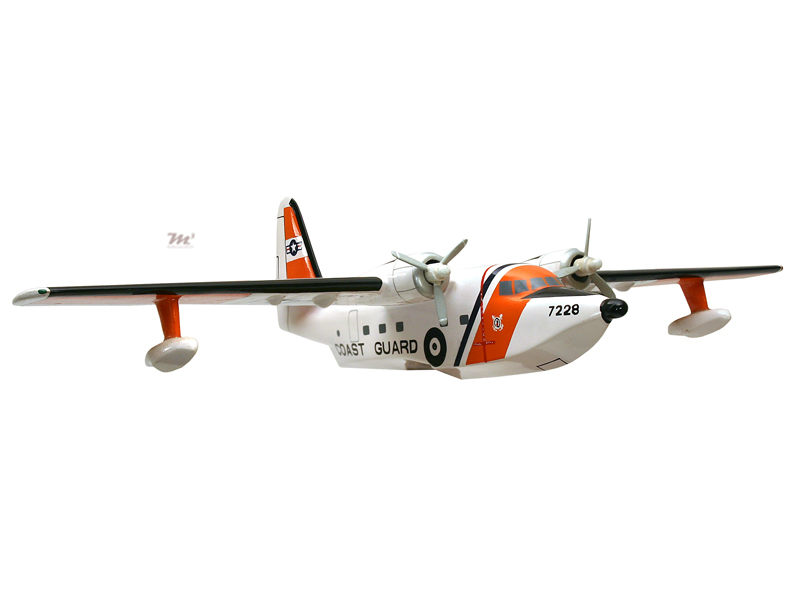

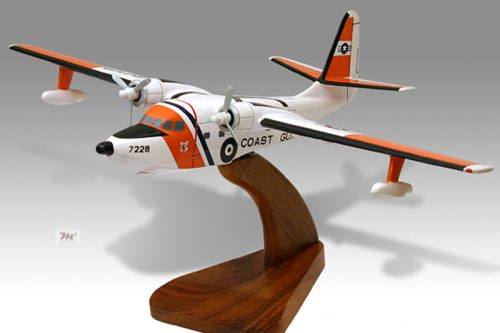


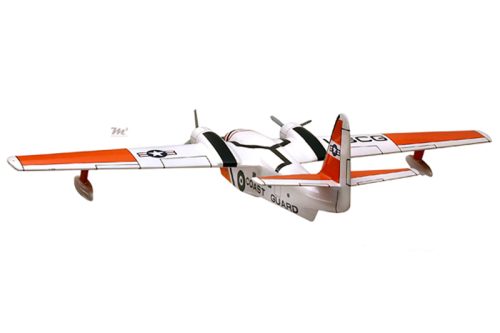
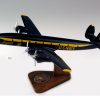

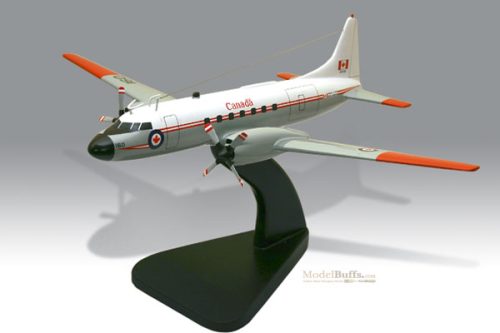

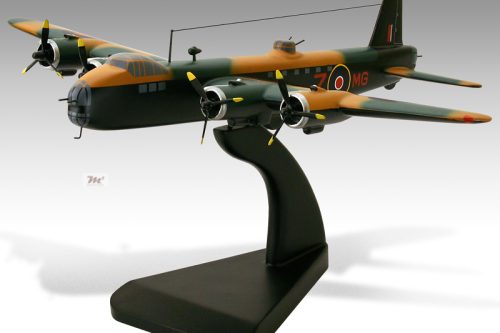
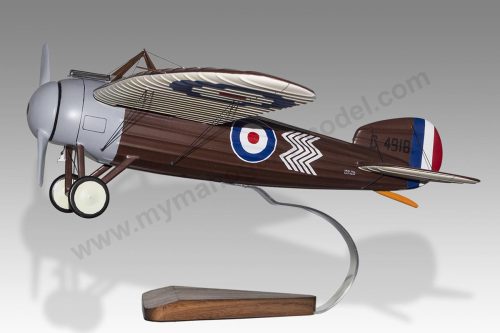
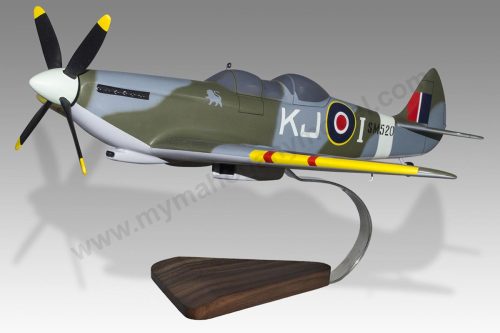
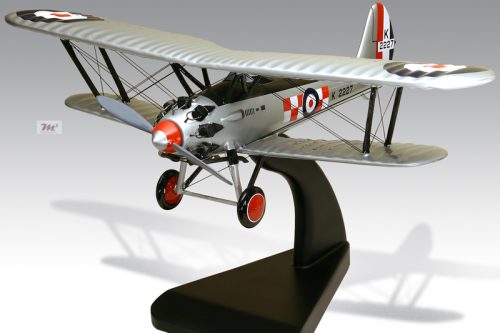
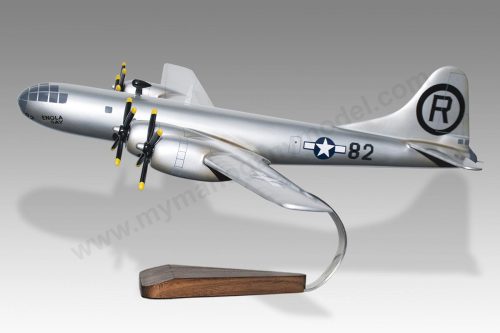
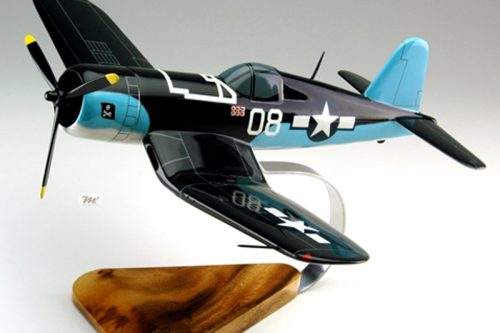
Reviews
There are no reviews yet.